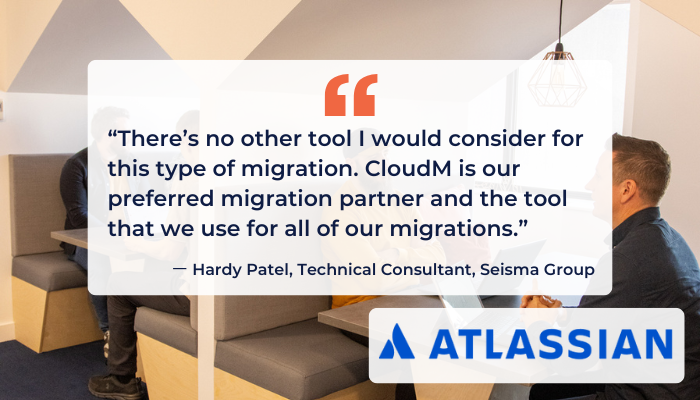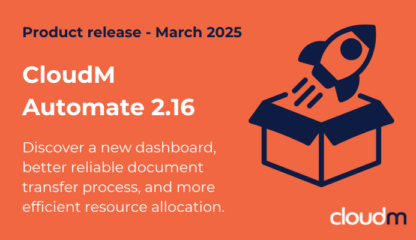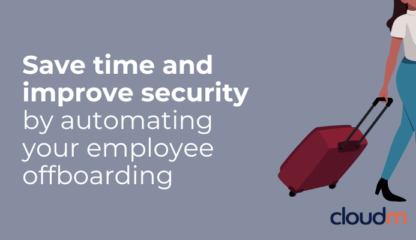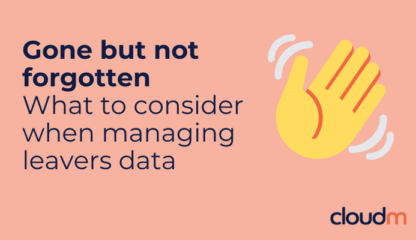Businesses are in a bind. Keeping employee information secure is essential for data protection. But, following the introduction of Google Archive User (AU) licenses, it’s a major expense.
Before this change there was a free option: the Vault Former Employee (VFE) license. Now, AU licenses offer a replacement, but at a cost of between $4-$7 per person, per month.
While this is cheaper than full Google licenses, it’s still an additional charge for ex-employees. In this short guide, we explore alternative options for archiving employee data that keep information safe but don’t cost a fortune.
Why is archiving employee data so important?
In many countries, businesses are legally required to keep staff data – often for years after an employee leaves.
For US employers, the length of time information should be kept depends on the type of data and local rules. Many businesses use seven years as a baseline, because this covers most state and federal rules.
Similarly, rules vary for UK businesses depending on the kind of information kept. The key message is that the length of time you keep data depends on the reason it was collected. Should a previous employee make a claim against your company after leaving, you may need access to their records as evidence.
Proper archiving means you can retrieve data for specific situations such as legal disputes, freedom of information requests, or restoring access should the person become an employee again.
What’s the alternative to Google AU licenses?
You don’t need Google AU licenses to ensure data is stored securely, easily retrievable and restorable, and deleted after a set period. Because CloudM Archive does all this and more.
Our archiving tool has an optional offboarding step to automatically send the leaver’s data straight to your chosen GCP storage bucket, where this information will be deleted after a set time (in line with your data retention policies).
You get full visibility of the data in your storage bucket with CloudM Archive. This comes in handy if you receive a freedom of information request. Instead of spending hours hunting down a single email, you can view storage buckets indexed by user and restore the information in a few clicks.
Best of all, you don’t need to pay for full or AU Google licenses for your team. You just need to pay for CloudM Archive and the cost of holding data in your Google storage buckets. Which, even when combined, works out much cheaper than the AU license fees.
Switching to CloudM Archive: how it works
The transition to CloudM comes in two parts:
Reduce what you pay for existing licenses
Control your current spend with automation
We know you might need to approach data management more flexibly, too. So if you’d rather keep a specific power user’s data on an AU license, you can add a bespoke offboarding step that keeps it there instead.
Combining CloudM Migrate and Archive is a winning formula for cutting license costs. Just ask Paul Young, Head of Collaboration and Communications Digital Solutions at Holcim Group:
“We’ve saved millions of dollars by using CloudM to archive users to a secure storage area. The product has worked since day one. But, if something isn’t working as expected or needs a tweak, CloudM listens and finds a solution with a level of thought and care you don’t always see.”
Read the full case study on how Holcim Group saved on AU license fees and manual admin with CloudM.
Try CloudM Archive today












